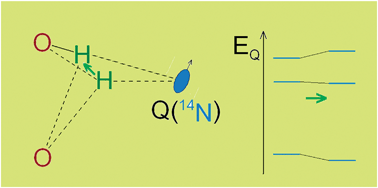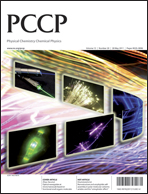A 14N nuclear quadrupole resonance study of phase transitions and molecular dynamics in hydrogen bonded organic antiferroelectrics 55DMBP–H2ca and 1,5-NPD–H2ca
Abstract
The temperature dependence of the 14N NQR frequencies has been measured in antiferroelectric and paraelectric 55DMBP–H2ca and 1,5-NPD–H2ca. In both compounds we observe two non-equivalent


 Please wait while we load your content...
Please wait while we load your content...